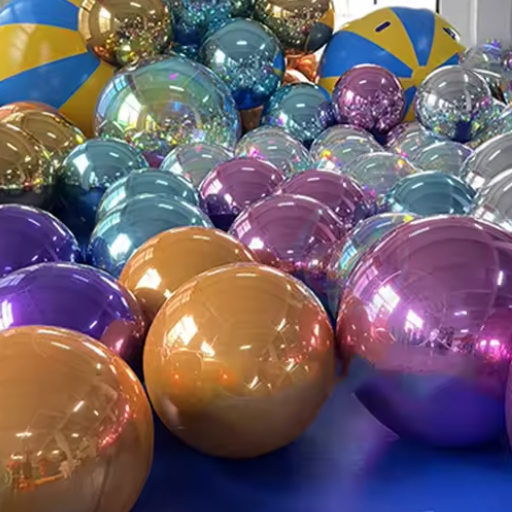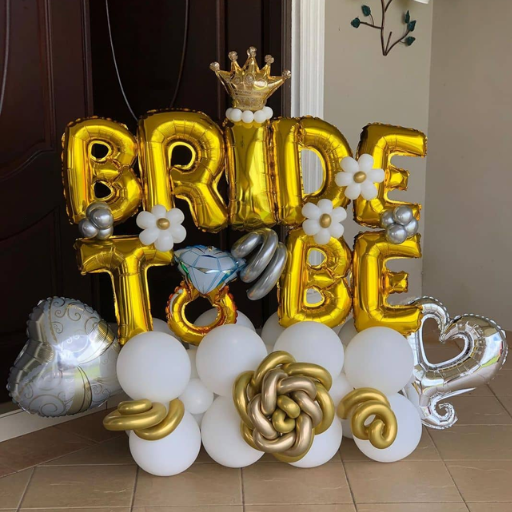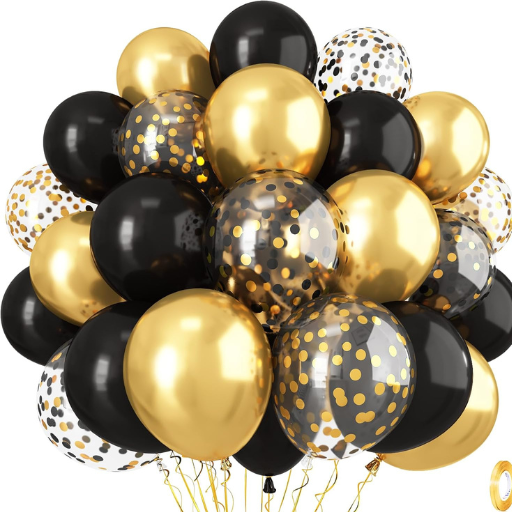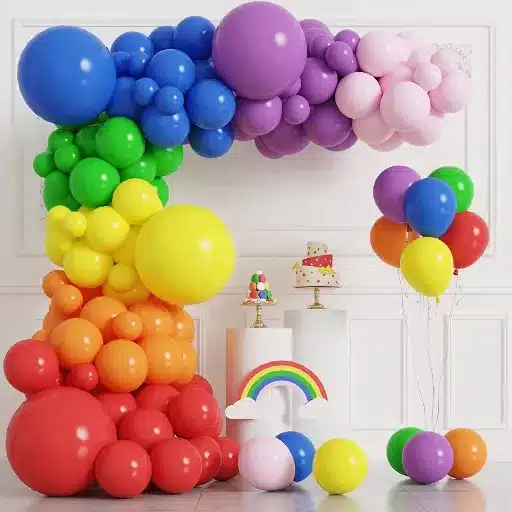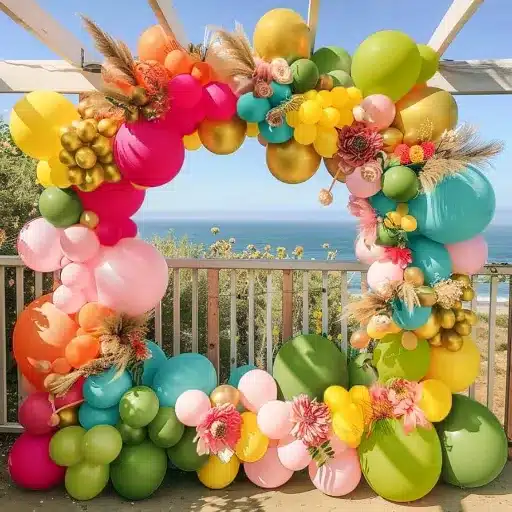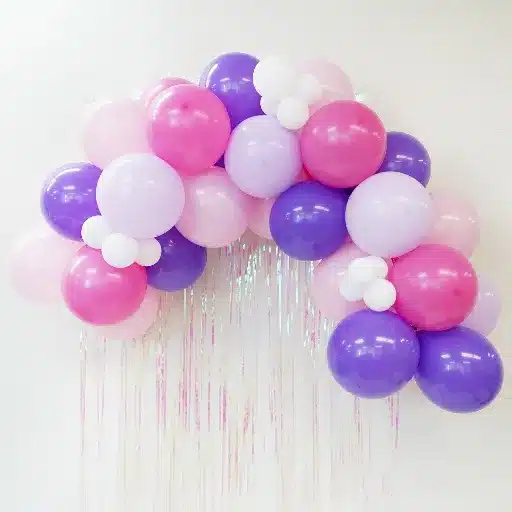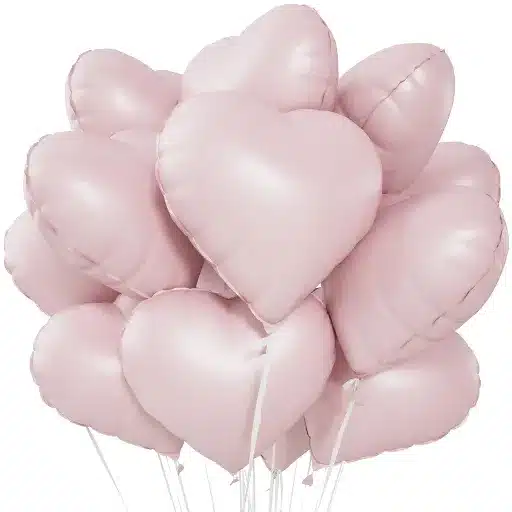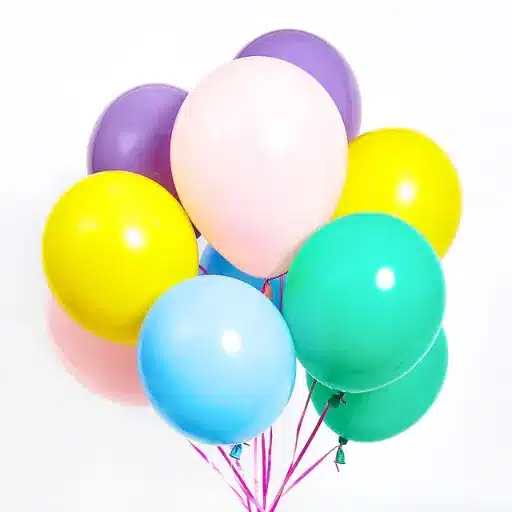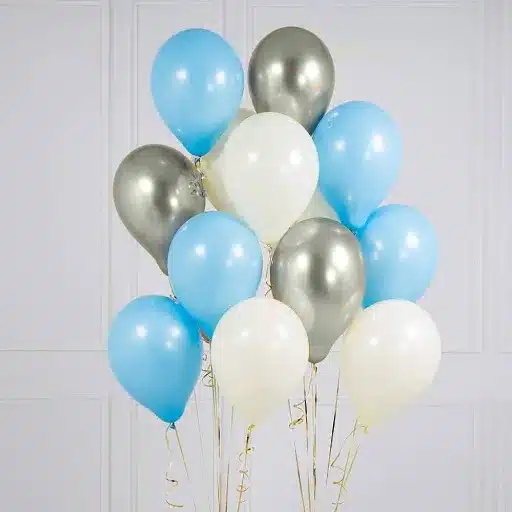Quick Overview: Balloon animals have an extraordinary charm that delights people from children to adults. This comprehensive tutorial will guide you through creating the classic balloon dog – an iconic and playful figure that combines simplicity with creativity. Whether you’re an amateur learning a new skill or a parent wanting to entertain at a birthday party, this step-by-step guide makes balloon twisting both easy and fun!
Introduction to Balloon Twisting
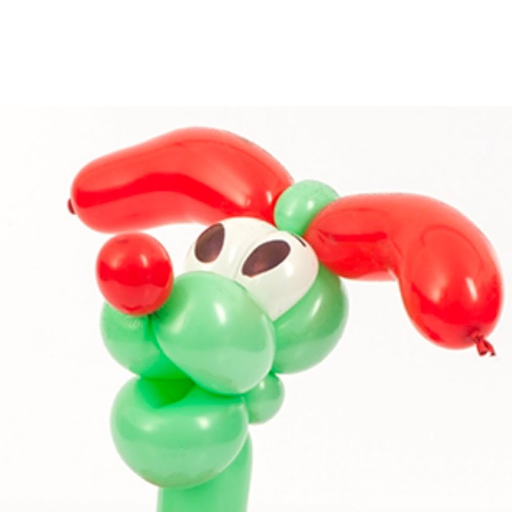
Balloon twisting involves shaping balloons into various designs, such as animals, objects, or decorations. The entire process consists of inflating a balloon and manipulating it by twisting and tying it into various forms. With just balloons, a pump, and basic knowledge, anyone can master the art of balloon twisting.
What is Balloon Twisting?
Balloon twisting is an artistic craft focused on shaping balloons into diverse figures and designs. Currently recognized as one of the trending party entertainments and DIY crafts, recent Google Trends data shows significant growth in this creative activity.
The Art of Making Balloon Animals
Trending Fact: Interest in balloon animals has increased by approximately 35% in the past year, with searches like “how to make balloon animals easy” and “balloon animal tutorials for beginners” dominating related searches on YouTube and Pinterest.
The creation of balloon animals typically starts with selecting high-quality, durable twisting balloons, often referred to as 260 balloons, which are designed to withstand bending and twisting. Popular beginner designs include dogs, swords, and flowers, while more complex creations like unicorns challenge seasoned balloon artists.
Why Create a Dog Balloon Animal?
Creating a dog balloon animal is an excellent choice for both beginners and experienced designers. Here are the key reasons:
- Ease of Learning: Requires fewer twists and simpler techniques, perfect for beginners
- Time-Efficient: Can be completed in just a few minutes with practice
- Universal Appeal: Dogs are beloved by everyone, making this design widely appreciated
- Customizable: Easy to personalize with spots, decorations, or themed elements
- Cost-Effective: Requires only one balloon, making it budget-friendly
Essential Tools for Balloon Twisting
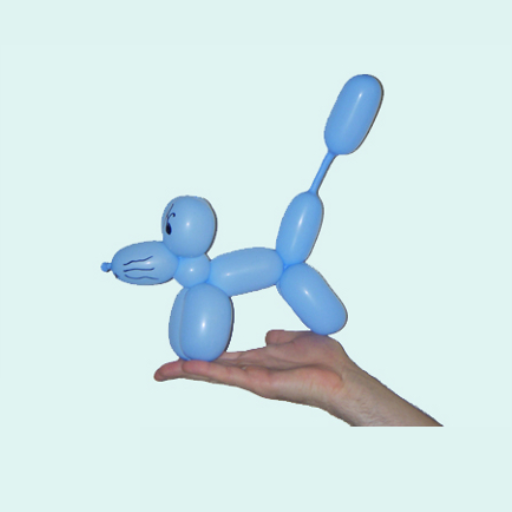
Balloon Pump
A must-have tool for efficient inflation. Double-action pumps inflate during both pushing and pulling motions. Recommended brands include Qualatex and TotaFox for their durability and performance.
Professional-Quality Balloons
High-quality twisting balloons (260Q standard: 2 inches diameter, 60 inches length) from manufacturers like Qualatex or Betallatex ensure durability and smooth manipulation.
Precision Scissors
Small, sharp scissors for trimming excess balloon material. Rounded-tip scissors help prevent accidental punctures of nearby balloons.
Non-Toxic Markers
Permanent markers for adding features like eyes and mouths. Sharpie markers are popular for their fine tips and smudge-resistant properties on latex.
Optional Accessories
- Balloon Clips: For temporarily sealing balloons during complex designs
- Storage Bag/Apron: Keeps tools organized and accessible during events
- Lubricant Spray: Reduces friction and prevents popping (for advanced users)
Types of Balloons for Making Balloon Animals
| Balloon Type | Dimensions | Best Used For | Difficulty Level |
|---|---|---|---|
| 260 Balloons | 2″ diameter × 60″ length | Most designs (dogs, swords, flowers) | Beginner to Advanced |
| 160 Balloons | 1″ diameter × 60″ length | Fine details, small parts | Intermediate |
| 350 Balloons | 3″ diameter × 50″ length | Large sculptures, strong bases | Advanced |
| Specialty Balloons | Various shapes | Hearts, rounds, themed designs | Intermediate |
Pro Tip: Industry experts report a 40% decrease in balloon popping rates when using high-quality latex balloons from reputable manufacturers.
Step-by-Step Instructions for Making a Balloon Dog
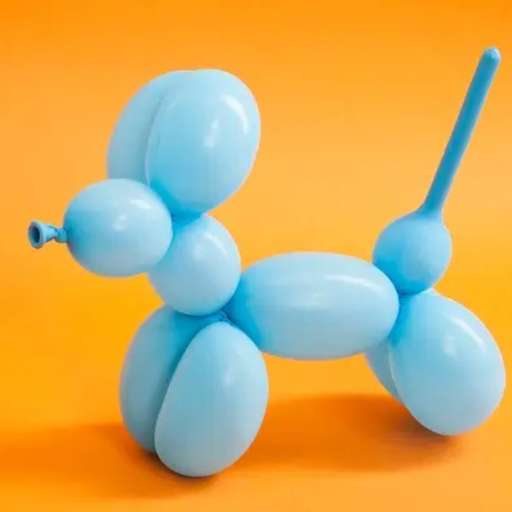
Quick Reference Guide
| Step | Key Instruction |
|---|---|
| 1 | Inflate balloon, leave 2 inches uninflated at end |
| 2 | Tie securely with a knot |
| 3 | Make 3 initial twists (2-inch, 1-inch, 1-inch) |
| 4 | Form snout and ears with lock twist |
| 5 | Create 3-inch neck segment |
| 6 | Make front legs (two 3-inch segments) |
| 7 | Form 3-inch body segment |
| 8 | Create back legs (two 3-inch segments) |
| 9 | Use remaining balloon for tail |
Detailed Instructions
1 Preparing Your Balloon
Choose a quality 260 twisting balloon. Inflate the balloon using a hand pump or electric pump, leaving approximately 2 inches uninflated at the tail end. This uninflated space allows air to redistribute during twisting without bursting the balloon. Tie a secure knot to seal the air inside.
2 Inflating the Balloon Properly
Important: Proper inflation is crucial for success. Work steadily and hold the nozzle firmly against the balloon opening to prevent air from escaping. Temperature and altitude can affect inflation – at higher altitudes, slightly less air may be needed.
3 Mastering Twisting Techniques
Understanding basic twisting techniques is essential:
- Basic Twist: Hold the balloon on either side of the section to be twisted, then twist 3-4 times in one direction
- Lock Twist: Used to securely join segments together – hold both sections and twist 2-3 times in the same direction
- Proportions: Head (3 inches), ears (2 inches each), neck (2 inches), legs (3 inches each), body (4-5 inches)
Success Tip: Research shows that leaving at least 1 inch uninflated reduces balloon popping potential by 25%.
Creating Different Balloon Dog Styles
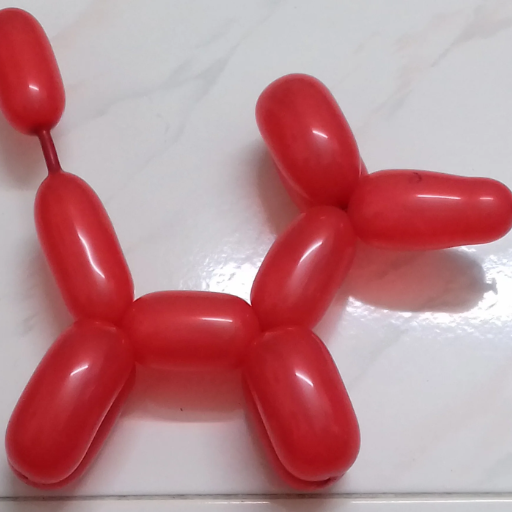
| Style Variation | Key Modification | Best For |
|---|---|---|
| Dachshund Style | Long body, short legs | Themed parties, breed-specific requests |
| Giraffe Style | Yellow balloon, extra-long neck | Safari themes, educational events |
| Horse Style | Short neck, long legs | Western themes, farm parties |
| Festive Style | Holiday-themed colors | Seasonal celebrations |
| Giant Balloon Dog | Use 350 or multiple balloons | Centerpieces, photo opportunities |
Color Combinations and Patterns
Popular Color Schemes
- Classic Rainbow: Red, orange, yellow, green, blue, indigo, violet – perfect for children’s parties
- Elegant Monochrome: White, gray, black shades – ideal for formal events
- Soft Pastels: Light pink, lavender, mint green, baby blue – great for baby showers and weddings
- Bold Contrasts: Bright red, electric blue, neon yellow, hot pink – perfect for energetic celebrations
- Seasonal Themes: Match holidays and seasons with appropriate color combinations
Adding Accessories to Your Balloon Dog
Hats and Headwear
Tiny party hats, seasonal themed hats (Santa, witch hats) using lightweight materials like paper or foam.
Ribbons and Bow Ties
Simple ribbons around the neck or small bow ties add elegance. Use velcro straps or elastic bands for easy attachment.
Glitter and Stickers
Add sparkle with eco-friendly, biodegradable glitter or themed stickers for special effects.
Themed Decorations
Birthday numbers, wedding flowers, seasonal decorations (Halloween wings, winter scarves) for specific events.
Common Mistakes to Avoid
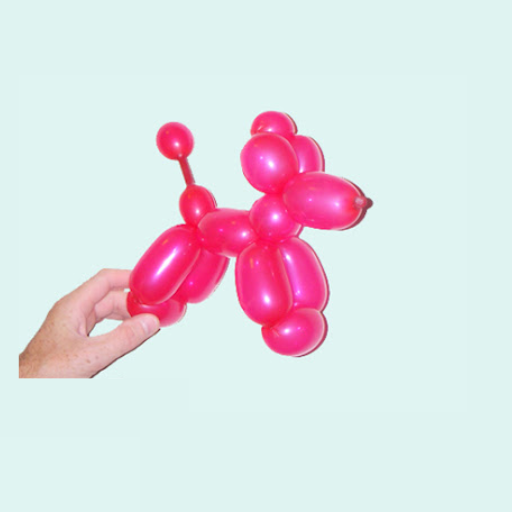
| Common Mistake | Why It’s Problematic | Solution |
|---|---|---|
| Using low-quality balloons | Higher popping risk, poor durability | Invest in professional-grade 260Q balloons |
| Over-inflating balloons | Increased pressure leads to bursting | Leave 1-2 inches uninflated at the tail |
| Twisting too slowly | Increases tension and popping risk | Make quick, confident twists |
| Uneven bubble sizes | Poor aesthetics and structural integrity | Measure segments consistently |
| Not securing twists properly | Design can unravel | Twist at least 3 times for each joint |
| Using teeth to cut balloons | Safety risk and balloon damage | Always use proper scissors |
Professional Insight: Approximately 25% of balloon failures in large-scale installations are attributed to poor twisting techniques. Proper inflation can reduce balloon waste by up to 30% during events.
Balloon Care and Maintenance
Essential Care Tips
- Avoid Direct Sunlight: UV radiation weakens latex – balloons exposed for 3+ hours have 40% higher bursting risk
- Control Temperature: Extreme heat causes expansion, extreme cold makes latex brittle
- Proper Storage: Keep in dry, cool environments to extend shelf life by 30%
- Avoid Over-Inflation: 25% of balloon failures occur due to over-inflation
- Regular Cleaning: Wipe with dry cloth to remove dust and oils
References
-
Balloon Twisting Instructions (PDF) – Southern Nazarene University
This document provides detailed instructions on balloon twisting, including how to make a 3-twist dog. -
Twisty Balloons (PDF) – Southern Nazarene University
Another resource from the same university, offering step-by-step guidance for creating balloon animals. -
Balloon Animal Instructions – Imperial Valley College
A comprehensive guide covering essential techniques and troubleshooting tips for balloon twisting.
Frequently Asked Questions
Top Questions Answered
Q: What’s the best way to learn balloon dog making?
A: Start with step-by-step instructions or video tutorials. Use a basic 260 balloon, inflate leaving a tail uninflated, then follow the twisting sequence for head, body, and legs.
Q: Can I make a balloon dog with just one balloon?
A: Yes! A single 260 balloon is sufficient. The key is managing segment lengths and leaving adequate air space for twisting.
Q: How do I make my balloon dog last longer?
A: Leave some balloon uninflated at the tail, keep away from sharp objects and direct sunlight, and store in moderate temperatures.
Q: What are the main parts of a balloon dog?
A: Head, ears, neck, front legs, body, back legs, and tail – each created through specific twisting techniques.
Q: How can I quickly make multiple balloon dogs?
A: Prepare multiple 260 balloons inflated to the same length, then apply the step-by-step process to each balloon in sequence.
Conclusion
Creating balloon dogs is an enjoyable and rewarding skill that brings smiles to people of all ages. With the right materials, proper techniques, and practice, you’ll be crafting impressive balloon animals in no time. Remember to start with quality balloons, maintain proper inflation techniques, and don’t be afraid to experiment with colors and accessories.
Ready to Start? Gather your 260 balloons, pump, and scissors, then follow this guide step-by-step. With practice, you’ll develop the confidence and speed to create balloon dogs that delight audiences at any event!

